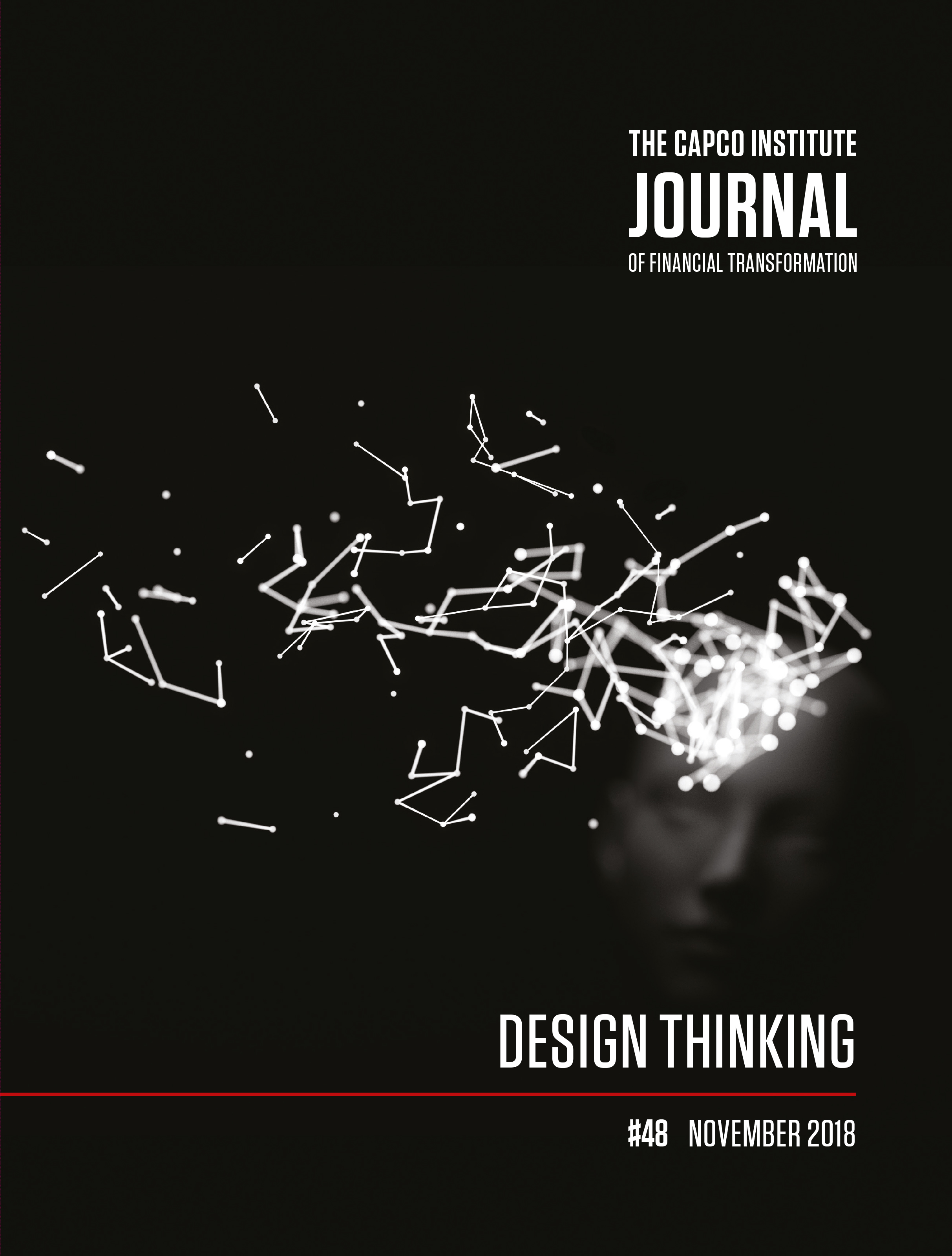Co-creation and empathy are fundamental principles of design thinking. They enable teams to collaborate and solve user problems at a rapid pace.
However, in a risk-averse organization such as a Tier 1 investment bank, introducing a design mindset requires much more than the creation of user journeys, personas and clickable prototypes.
There is a constant drive by investment banks to improve operational processes through new technologies. Solutions are often defined upfront – by technology stakeholders - with little or no involvement of end-users. As a result, the potential to innovate may not be fully realized.
The exact opposite is true of a design thinker’s empathetic approach. People as end-users are a key component of target operating models, alongside systems and processes. If their challenges are not fully understood, expensive technological solutions may fail to have the desired impact.
Collaboration is another barrier in investment banking. Introducing co-creation within a multinational, complex and often conservative organization requires a major cultural shift, and it’s a logistical nightmare.
Despite constraints and limitations, design thinking delivers solutions that can have significant benefits in investment banking and offer a more effective approach to innovation and strategic transformation.
This paper provides an overview of the benefits and challenges of applying design thinking in capital markets operations, based on Tier 1 investment banks’ case studies in the areas of:
- Collateral optimization
- Equity swaps cash settlements
